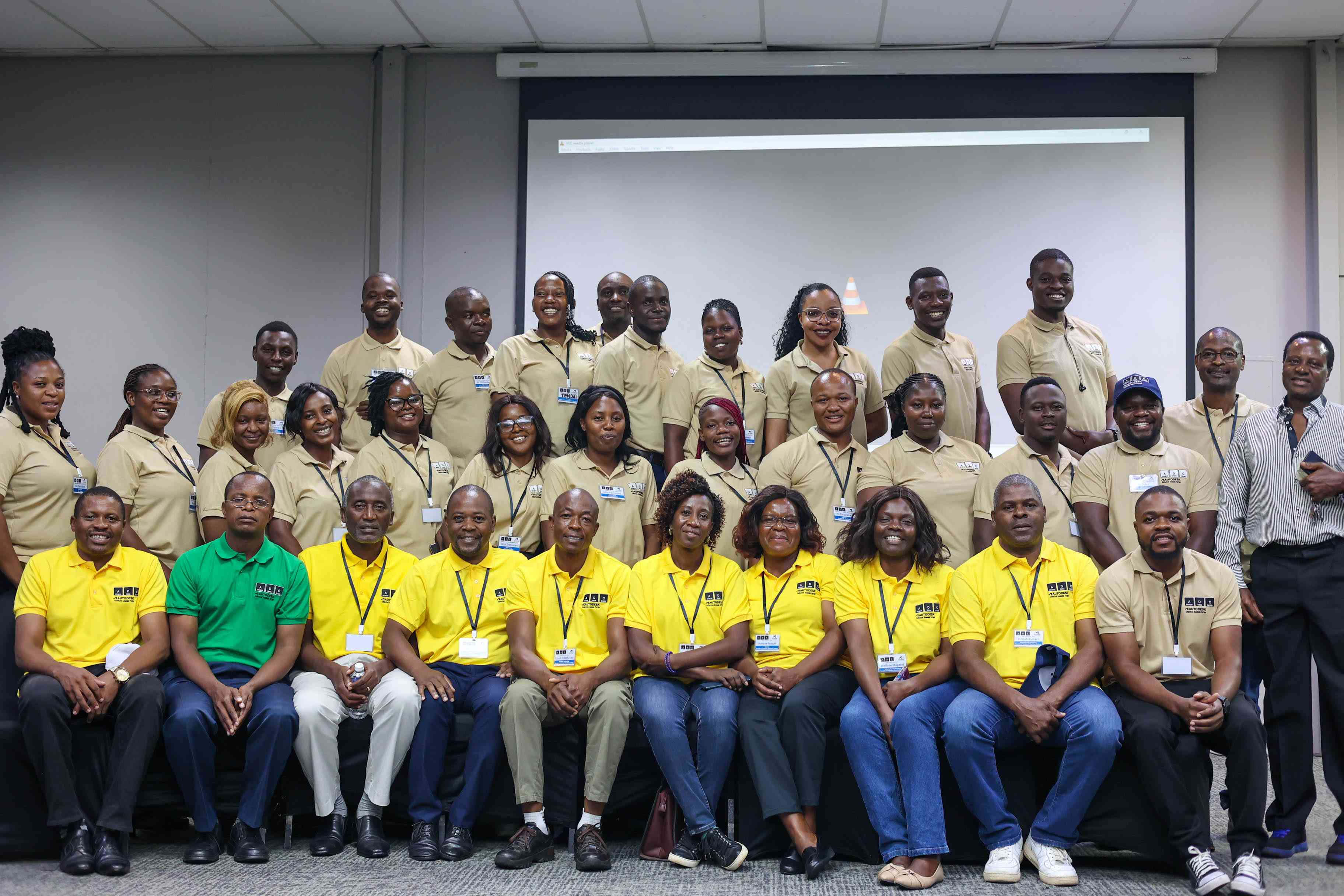
PARLIAMENT has called on the Civil Aviation Authority of Zimbabwe (CAAZ) to urgently procure radar and surveillance equipment, radios, headsets, control units and a standby communication system after it emerged that Harare International Airport was using antiquated equipment to control air traffic.
BY VENERANDA LANGA

The recommendation is contained in a report presented to Parliament by the Dexter Nduna-led Portfolio Committee on Transport.
The committee noted that Air Zimbabwe technicians and pilots were using mobile phones as the airport’s communication equipment was no longer reliable.
“The committee recommends purchase of radar and surveillance equipment, radios, headsets, control units and a standby communication system by end of June 2017,” the committee said.
“Air traffic controllers pointed out that the communication navigation surveillance and air traffic management equipment has outlived its lifespan and the radios break down frequently, and in some cases pilots have to resort to use of cellphones to talk to controllers.”
Basic equipment like microphones, headsets and handsets was said to be in a sorry state and in short supply, leaving no back-up communication systems in the event of a breakdown of equipment.
“As a result, aircraft flying in the lower air space are flying with very limited radio contact with air traffic control. This may lead to collision due to lack of traffic information and traffic avoidance advice. Lack of radio surveillance in the lower airspace may also result in security infringement and delayed or no rescue in the case of a crash. A case in point is the helicopter that entered Zimbabwean airspace and crashed in the Gwanda area in 2014.”
- Chamisa under fire over US$120K donation
- Mavhunga puts DeMbare into Chibuku quarterfinals
- Pension funds bet on Cabora Bassa oilfields
- Councils defy govt fire tender directive
Keep Reading
The committee said the rehabilitation of the Harare International Airport runway also remained incomplete more than a decade after the works began.
“Air traffic controllers pointed out that simple, inexpensive measures like grass cutting, bush clearance and allocation of vehicles and personnel for the sole purpose of clearing identified wildlife were not being implemented by management. This resulted in aircraft delays and increased workload on the pilots and controllers due to aborted landings and takeoffs.”
The committee report said a significant stretch along the runway had a rough surface, which had the potential to damage aircraft.
“Moreover, there is no lighting on the runway centreline and all taxiways. The airfield lighting cannot be switched on and off from the tower and the brilliance cannot be adjusted from the control tower as well. This is particularly important in harsh weather conditions when aircraft on final approach request that lights be turned on or brilliance be increased or decreased at that instant.”











